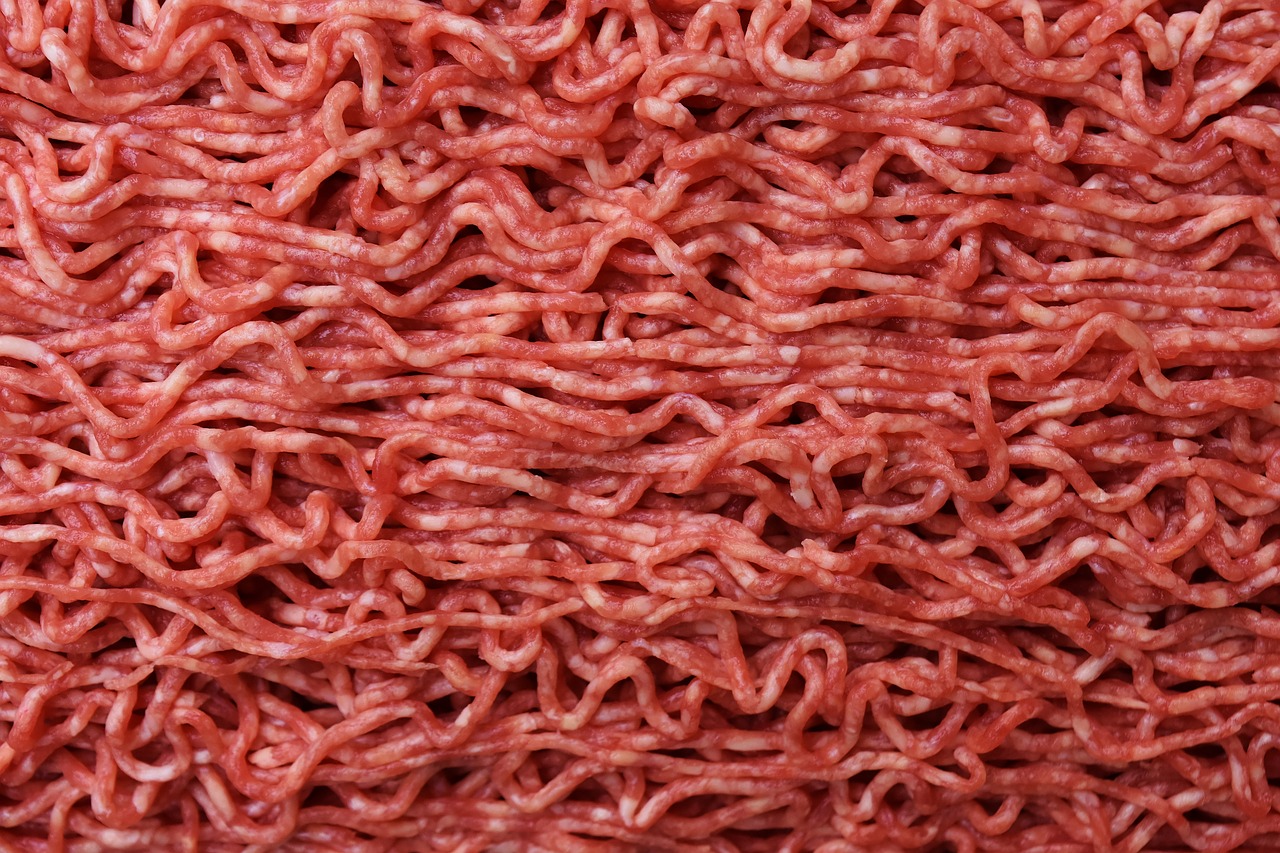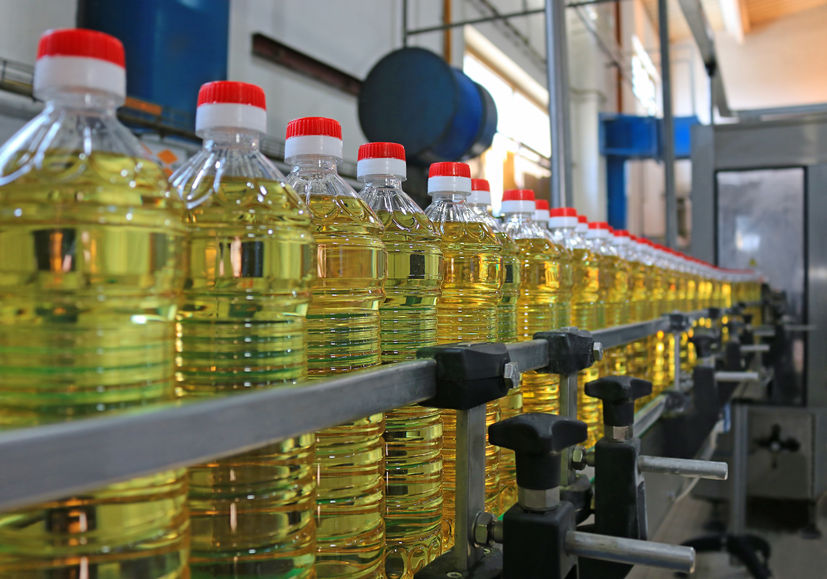Food recalls in the US have quadrupled in number over the last five years. The increase in food recalls has caused significant distress to both consumers as well as manufacturers. According to a Harris Interactive poll, fifteen percent of consumers said they would never buy a product that has been recalled and twenty-one percent said they would avoid buying products from the brand altogether.
According to The Association of Food, Beverage and Consumer Product Companies (GMA), the rise in food recalls may be due to a few different factors. Global manufacturing definitely plays a role; with global trade on the rise, a food product that contains harmful bacteria can be exported across the world within hours or days. This makes it harder for health officials to identify the source of an outbreak and allows for the foodborne illness to reach far more consumers than before.
The second trend that contributes to the rise in recalls is due to fewer suppliers and an increase in complex supply chains. Food suppliers have grown towards concentrated supply chains where food is manufactured and distributed to a larger number of consumers through a select number of global distributors. This creates a higher risk that food products could become contaminated because if one supplier is affected, it can impact more products and more consumers.
The Food and Drug Administration (FDA), along with other food safety agencies, have tried to address these issues by promoting new technology as an effective tool to detect potential contamination in produce. In addition, the FDA is also working on innovative ways to utilize new recall strategies through the Food Saftey Modernization Act (FSMA).
The average cost of a food recall is estimated at $10 million, although this number may vary for larger manufacturers. However, this figure only covers direct costs and doesn’t take an important measure like the reputation of the food brand into account.
These direct costs include constructing a qualified crisis team to deal with the recalls and removing the contaminated food products from the market. This is a multistep process which includes informing all stakeholders in the supply chain including consumers, regulatory bodies and food retail outlets affected by the recall. Other direct costs include the loss of the recalled product, conducting an investigation of the root cause, and lastly, overseeing PR to minimize damage done to the brand.
Despite the rise in food recalls in recent years, the food industry is implementing new practices to increase traceability and prevent contamination in the first place. However, since contaminated food products continue to hit grocery shelves, the FDA is exploring new ways to disseminate recall information to consumers more rapidly, including releasing information on retailers that have sold affected products.












Join or login to leave a comment
JOIN LOGIN